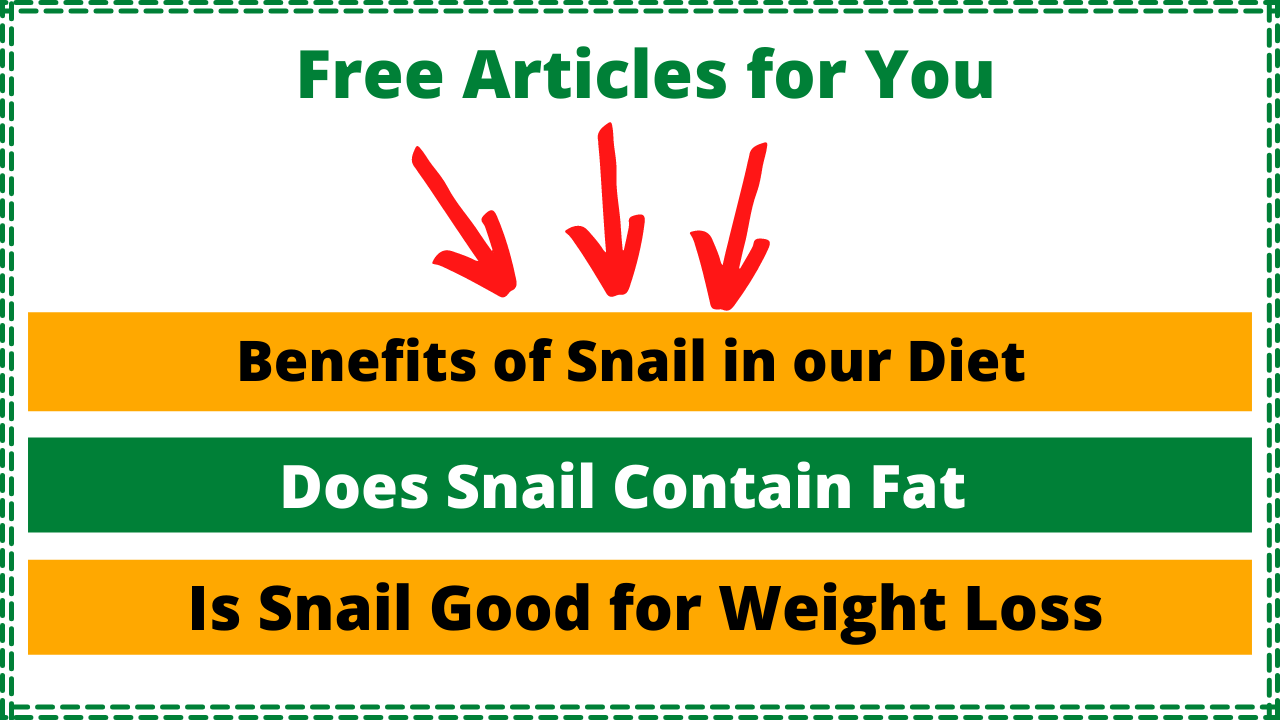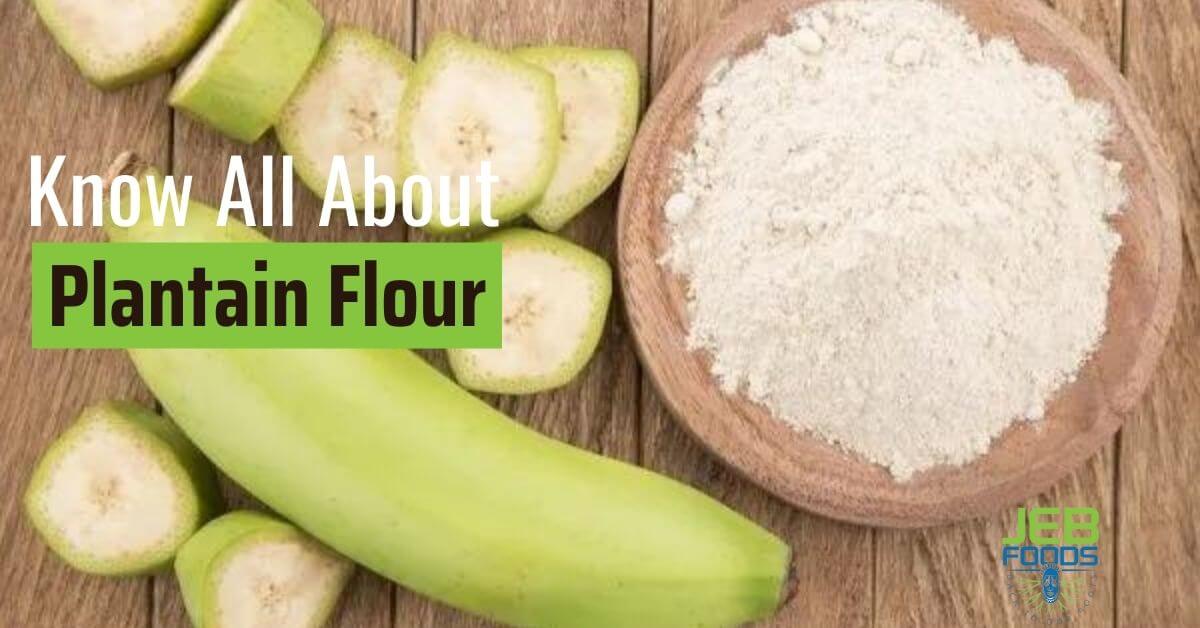DO you know where the giant African snail comes from? First brought to Hawaii in 1936 and Florida in 1966, the African land snail has become a popular tourist attraction.
The initial eradication operation in Florida cost one million dollars and lasted ten years. As of 2011, it has been found.
Actions to eradicate the disease continue in (2015). Giant African land snails are eaten and marketed as canned pet food for skinks, turtles, monitors, and other tiny animals in several places.
Adults may grow to approximately 8 inches (20 cm) in length and 5 inches (13 cm) in diameter, making them one of the enormous terrestrial snails.
At least half of the snail is covered by a brownish adult shell with dark brown longitudinal stripes and seven to nine whorls.
Snails possess both female and male reproductive organs. Over time, a single mating might result in several egg clutches. Because each snail produces 1,200 eggs each year, population growth is expected to be rapid.
See what will happen when you eat a snail.
Distribution and Habitat of the Giant African Snail
Table of Contents
ToggleThis species is native to Africa, but it has been brought to many other nations throughout the years. It may now be found in African countries, including Ghana, Ivory Coast, and Morocco.
Nonetheless, it may be found in Hawaii and Australia, as well as in the Caribbean islands and the areas of Asia (Chinese, Bangladesh, and Japan) and Indonesia, Sri Lanka, Malaysia, the Philippines, New Zealand, Samoa, and Fiji.
Henceforth, except for Antarctica, the Giant African snail may be found on all continents. This snail thrives in hot and humid climates.
However, it is found not just along forest borders but also on the banks of rivers and streams and the banks of plantations and gardens and in numerous urban locations throughout Africa. Even in moderate areas, it can thrive.
In recent years, the Giant African Snails have been brought to several locales and seem to have thrived.
The Caribbean and a few Pacific islands fall under this category. People regularly move them, either as part of a pet trade or accidentally, and they wind up in undesirable locations.
Because they are among the most invasive species on the planet and have caused significant agricultural damage in Florida, Georgia, and Idaho, it is prohibited to own one as a pet in the United States.
Even though it may seem inconsequential to some, a single batch of eggs may include up to 200 eggs, which can happen in a matter of minutes.
As a result, there might be many people chewing on crops that are vital to human survival. To get rid of them, some people let them go. That’s when the real difficulty begins.
Check out the most beautiful snails in the world
How the Giant African Snail Behave
Achatina Fulica spends much of its time hibernating under the surface to avoid being eaten by predators during the day. It’s not a friendly species, that’s for damn sure. Instead, it spends its whole existence alone;
Even after producing eggs, it does not form any relationship with its young.
Several state governments have designated this species as highly invasive and implemented regulations to prevent its spread.
This includes Idaho, Georgia, and Florida, among others. The Achatina Fulica has been placed in the top 100 worldwide invasive species database, and organizations like invasive.org have issued similar warnings.
When the Giant African Land Snails are about to mate, they don’t seem to engage with each other at all. Rather than making any noise, they go about their daily moving, eating, and sleeping.
However, they can hibernate in their shells throughout the winter months, allowing them to endure temperatures as low as 2 C degrees.
As their metabolism may be slowed down at this time, they do not need to eat or exercise. A few months might pass before they emerge from the shell again.
During the summer months, these snails may estivate to escape the heat.
A thin coating of mucus that their bodies produce acts as a barrier to keep their skin wet. This procedure may take up to three years in the event of a severe drought.
One of the reasons for the consumption of snails is for its nutritional benefits but Does eating snails boost blood
How The Giant African Snail Feeds
There is no difference in the diet of this herbivore, whether the plants are alive or dead. It devours more than 500 kinds of plants, including those grown by humans, because of its tremendous hunger.
Leaves, flowers, fruits, stems, barks, timber, lichens, and fungus are all favorites of the Giant African Snail.
Cucumber, cacao, papaya, peanuts, cassava, and many more plants are essential to humans as the gigantic African snail often uses food sources.
Keeping and growing strong shells requires calcium, which means they’ll eat more plants to acquire it. They may eat bones from corpses, sand, or tiny stones to get calcium if they cannotFulicatobtain it from plants.
Find out If snails are good or bad for consumption
How The Giant African Snail Reproduce
Africa’s Massive Land Snails are hermaphrodites, which means they contain reproductive organs for both males and females. This implies they may self-fertilize, although they seldom do so. They have a “traditional” partner.
Young or immature snails, on the other hand, can only generate spermatozoa, but adults may also create eggs. Both snails approach each other at the pre-copulation stage, with one of them positioned above the other and behind the other.
An agreement is made, and if the snails below accept it, they crawl back together so that one may fertilize the eggs of their other partner.
Both snails of the same size may fertilize each other’s eggs at the same time. Coupling is more common at night.
The snail lays between 100 and 500 eggs in a nest under the earth or between rocks and plants for 8 to 20 days after intercourse, once every 2 to 3 months.
After 11-15 days, the eggs will hatch; however, the kids will not be cared for by their parents.
When circumstances are ideal, they produce 5-6 clutches of eggs every year, each carrying an average of 200 eggs.
They do not have a fixed breeding time. That means that this species may rapidly become a nuisance since it produces up to 1,200 eggs each year and has a 90% hatch success rate.
Here is an edible dried-freeze Giant African Land snail sold on Amazon
Conservation and Threats of Giant African Snail
Because of the parasites it carries, this species is both a hazardous agricultural pest and one of the most diminutive desirable creatures on the planet.
Achatina Fulica populations have traditionally been managed and controlled using a variety of methods. Because of the threat they pose, it is against the law to keep these snails in several nations.
While this method is harmful to human health, they are sometimes captured for human consumption.
Predators
Caterpillars, ground beetles, other snail species, and various animals are natural predators of this species.
On the other hand, nature does not prevent predators and animals like the gray fox from feasting on this snail.
What type of snails are called escargot
Invasive Species
This snail is a nuisance of agriculture and houses in many regions, capable of transmitting both human and plant illnesses.
Strict quarantine is recommended as a preventative step to avoid the introduction and spread of the virus.
In the United States, this snail has been designated as a national quarantine priority. In the past, quarantine officers on the mainland of the United States effectively intercepted and destroyed incipient incursions.
They are indeed known to cause major damage by devouring calcium-rich materials like stucco and similar materials.
The parasitic worm Angiostrongylus cantonensis, which may cause highly severe meningitis in humans, is often seen in the wild with this species.
Human instances of this meningitis are mainly caused by eating a raw or undercooked snail, but even touching live wild snails of this species may infect a human, resulting in a life-threatening illness.
To lower the population of the gigantic African snail, an attempt has been undertaken in certain areas to encourage its usage as a food resource. However, fostering a pest in this manner is a contentious decision since it may promote the snails’ purposeful spread.
In the South Pacific Islands, one especially disastrous effort to biologically manage this species happened. During World War II, A. fulica colonies were imported as a food reserve for the American soldiers, but they escaped.
The United States government eventually imported a carnivorous species (Florida rosy wolf snail, Euglandina Rosea) to control A. fulica. However, the rose wolf snail preyed severely on the native Partula snails, causing the demise of most Partula species within a decade.
Uses of the Giant African Snail
As a gift to the god Oxalá, some practitioners of Candomblé in Brazil utilize these snails. Replacement for an African giant snail (Archachatina marginata) that is often sold in Nigeria.
Religious leaders are satisfied with the look of the two species. If cooked correctly, they may also be eaten.
As part of Taiwan’s traditional drinking treats, fried snail meat is made using the snails from this species. Larger species, like L. fulica, can serve as efficient livestock. L. fulica is the most common land snail in Chinese markets.
It has also become a popular pet in France and the United Kingdom, where snails are offered as both a pet and an educational tool. Snails such as L. fulica are among the most popular pets on the market.
I recommend you get dried-freeze Giant African Land snail for healthy snails.

The Lifespan of The Giant African Snail
There are ten-year-old Achatina Fulica, although the average lifespan is between three and five years. The lifespans of wild and captive animals are almost identical. Achatina fulica’s typical environment is dominated by predators, but their new habitats have almost no predators as an invasive species.
Natural causes or unfavorable living circumstances are the most common reasons for snails’ death. Molluscicides have recently been developed that have had a significant influence on the population management of this species in undesirable places.
How do Giant African Snail Communicate
As Achatina Fulica is not a friendly species, it does not need to communicate often. During the mating phase, when one individual mounts the back of another, the species communicate. Communication occurs when the head’s posture changes and the body’s movement changes as well.
As the mating process continues, the body and head alterations serve as a signal to other animals. Because it cannot hear, Achatina Fulica must use its other senses to discern its surroundings.
The caudal tentacles of this species also feature eyes at the tips, while the lower pair of tentacles have a sensory organ that enables the creature to detect smells. An excellent sense of smell helps this animal locate food.
Ecosystems’ Functions
Achatina Fulica serves several purposes in ecology. Decomposes and feeds on decaying plants and other debris. Snails play an essential part in recycling nutrients and the building blocks of life in the environment.
As a food source for many predators, giant African snails are also a link in the food chain. Angiostrongylus cantonensis, the rat lungworm, is a parasite of this species. By ingesting the parasitic organisms, humans and other hosts like them may get infected with parasites.
The Impact, the Giant snail on the Economy
Across the globe, giant African snails are a very invasive species. In nations where these snails have been introduced, it is now unlawful to own them.
For farmers, the general feeding preferences of Achatina Fulica lead to significant losses in crops.
They are regarded as agricultural pests, causing damage to crops and incurring financial losses for producers.
Additionally, this species harbors several parasitic organisms, some of which are harmful to humans and plants. Humans who eat giant African snails run the risk of contracting serious illnesses and diseases.
As well as polluting its surroundings, Achatina Fulica also devastates and degrades the soil. These shells contain calcium carbonate, which neutralizes the ground when an individual of this species dies. The soil’s qualities are altered; as a result, affecting what may grow there.
Millions of dollars may be spent by towns, states, and nations trying to manage Achatina fulica, an invasive species.
Final Thought
If you’re a fan of snails, A. fulica isn’t going to disappoint you. When cooked appropriately, giant African snails may be a source of protein for humans across the globe.
An inexpensive option for fish feed in specific locations is this species, which breeds fast and produces vast quantities.
Fertilizer, poultry feed, and biological chemicals made in clinical and experimental labs may benefit from Achatina Fulica’s inclusion.
Purchase your edible dried-freeze Giant African snail here




